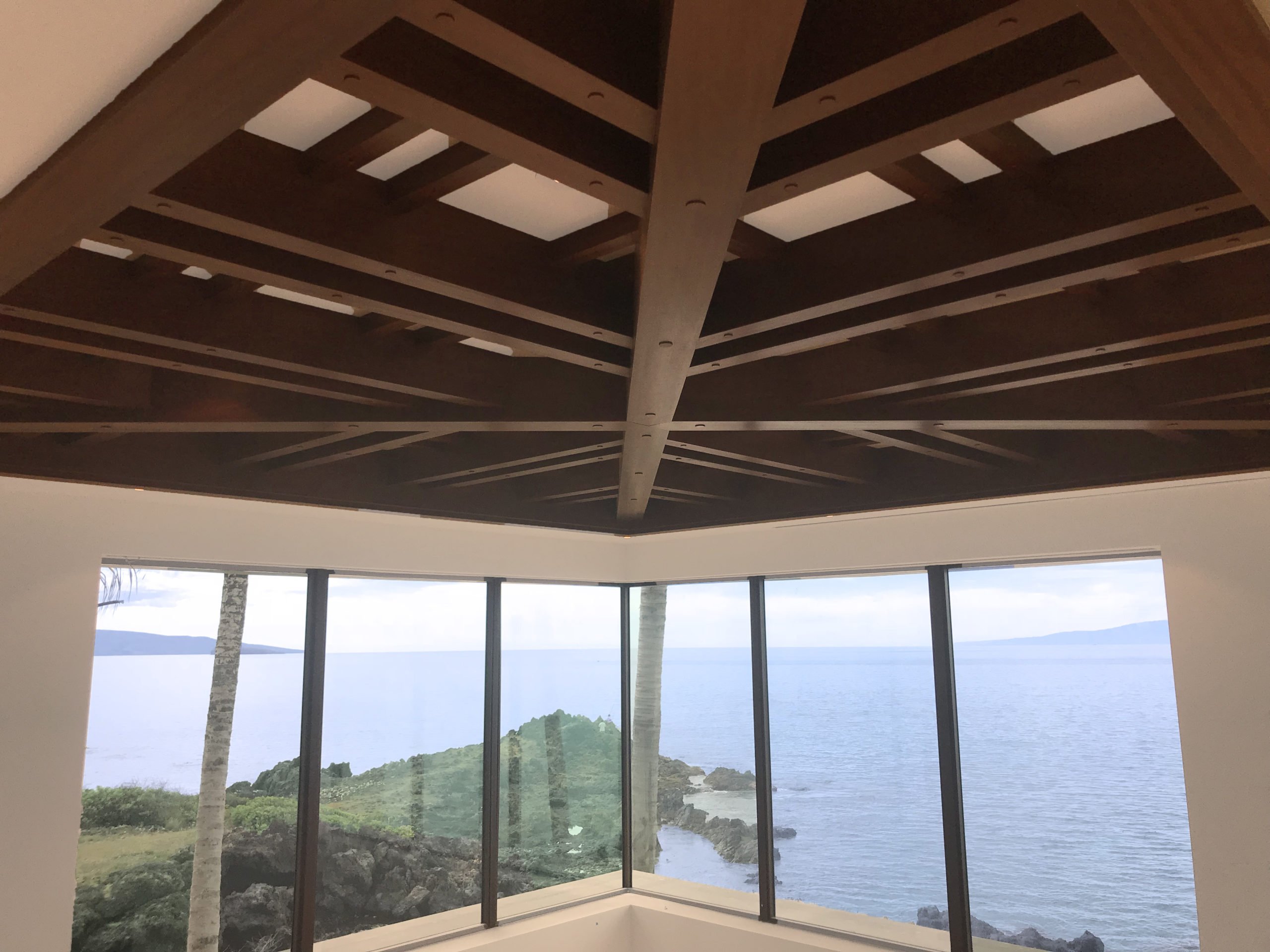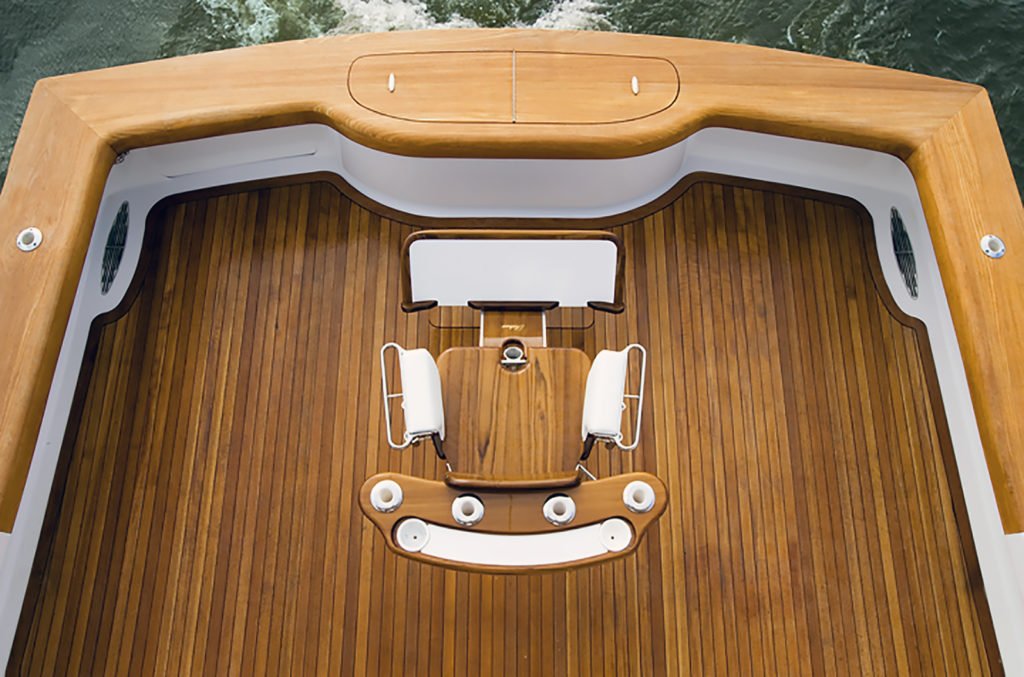Sapele Lumber
African Hardwood for Exterior Trim, Siding, and Decking
Entandrophragma Cylindricum
Sapele is in the same family as Mahogany and the same genus as Utile, and as a result it shares many of the same qualities with these woods. It is an outstanding exterior wood often used for decking, siding, porch ceilings, and is a mainstay for exterior doors and window construction. Its highly stable and easily available in wide and long boards as well as greater thicknesses. It has quickly replaced Genuine Mahogany as the “red wood” of choice for most any application.
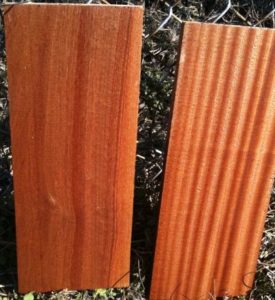
Hailing from Africa, Sapele contains an interlocking grain that produces light and dark ribbon stripes throughout the boards. Sapele is commonly quartersawn to enhance these attractive ribbons, and it is often used as a veneer for plywood in this application. As a solid wood, it is relatively stable once dry, and it is frequently used in the construction of doors. Sapele is a fine exterior wood, although it is often painted in window and door applications because of its fine grain.
Sapele takes a moulded edge very well, and the flat sawn cut is best used for moulding applications due to its consistent appearance. Quartersawn Sapele’s ribbon texture does not produce as consistent a coloration as flat sawn, but quartersawn Sapele does boast increased stability.
Sapele is a hard and dense hardwood (twice as hard as Mahogany), but it is gentle on tools and easy to mill. The uniform grain makes it machine very evenly and able to hold fine details and joinery. A word of caution to contractors and carpenters, however: be sure to take care while machining this wood. Sapele is a dusty lumber, and this fine dust can cause respiratory problems and skin irritation.
Despite the wood’s many positive attributes, the cost for Sapele lumber is usually around half of that of Genuine Mahogany. Sapele also tends to cost less than Utile. These factors help make Sapele a very popular lumber species for use in a wide variety of interior and exterior applications.
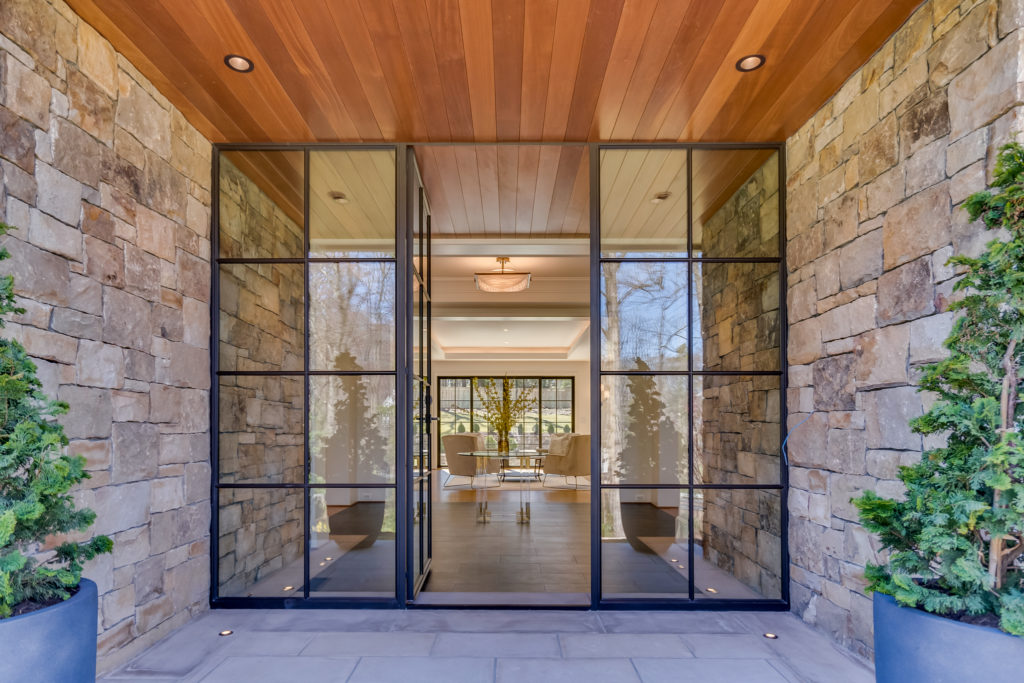
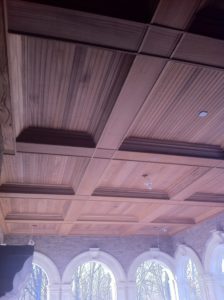
African Sapele Wood Sources
We import our Sapele from West Africa and pay particular attention to only buy from specific regions in order to obtain the best colors and consistencies. The import trail is a long one and over centuries of business in Africa we have refined our partner sawmills to ensure the highest quality and a consistent grade and supply. We have seen Sapele move from a relatively unknown Mahogany alternate to a primary player in the hardwood market. In that time it has been increasingly important to understand the supply chain and constantly optimize from whom we buy and partner with them to ensure responsible forestry practices at the source.
We import an even amount of flat sawn and quartersawn lumber but find that careful consideration must be taken with drying and re-drying to ensure stability. These drying schedules can even vary depending on where in West Africa we buy our Sapele. Regardless of country of origin we will let our Sapele air dry on our yard to acclimate to local conditions and then re-dry it to reduce it from European kiln drying standards (12-15%) down to the drier North American standard of 6-8%. This slow acclimation process ensures stable and quality Sapele throughout our inventory which averages around 500,000 board feet most of the year.
SAPELE Lumber SPECIFICATIONS
| Character | Green | Dry | Units |
| Bending Strength | 10233 | 17895 | psi |
| Max Crushing Strength | 5115 | 8788 | psi |
| Impact Strength | 36 | 39 | inches |
| Stiffness | 1397 | 1704 | 1000 psi |
| Work to Maximum Load | 10 | 16 | in-lbs/in3 |
| Hardness (Janka) | – | 1510 | lbs |
| Shearing Strength | – | 2288 | psi |
| Specific Gravity | 0.48 | 0.62 | – |
| Weight | 52 | 42 | lbs/ft3 |
| Density | – | 42 | lbs/ft3 |
| Radial Shrinkage | – | 5 | % |
| Tangential Shrinkage | – | 7 | % |
| Volumetric Shrinkage | – | 14 | % |

– – – – – – – – – –
People frequently search for the following relevant terms: Sapele Mahogany, what is Sapele wood, African Sapele lumber, quarter sawn Sapele wood, Sapele timber for sale, quarter sawn Sapele lumber, density of Sapele wood, ribbon Sapele.

